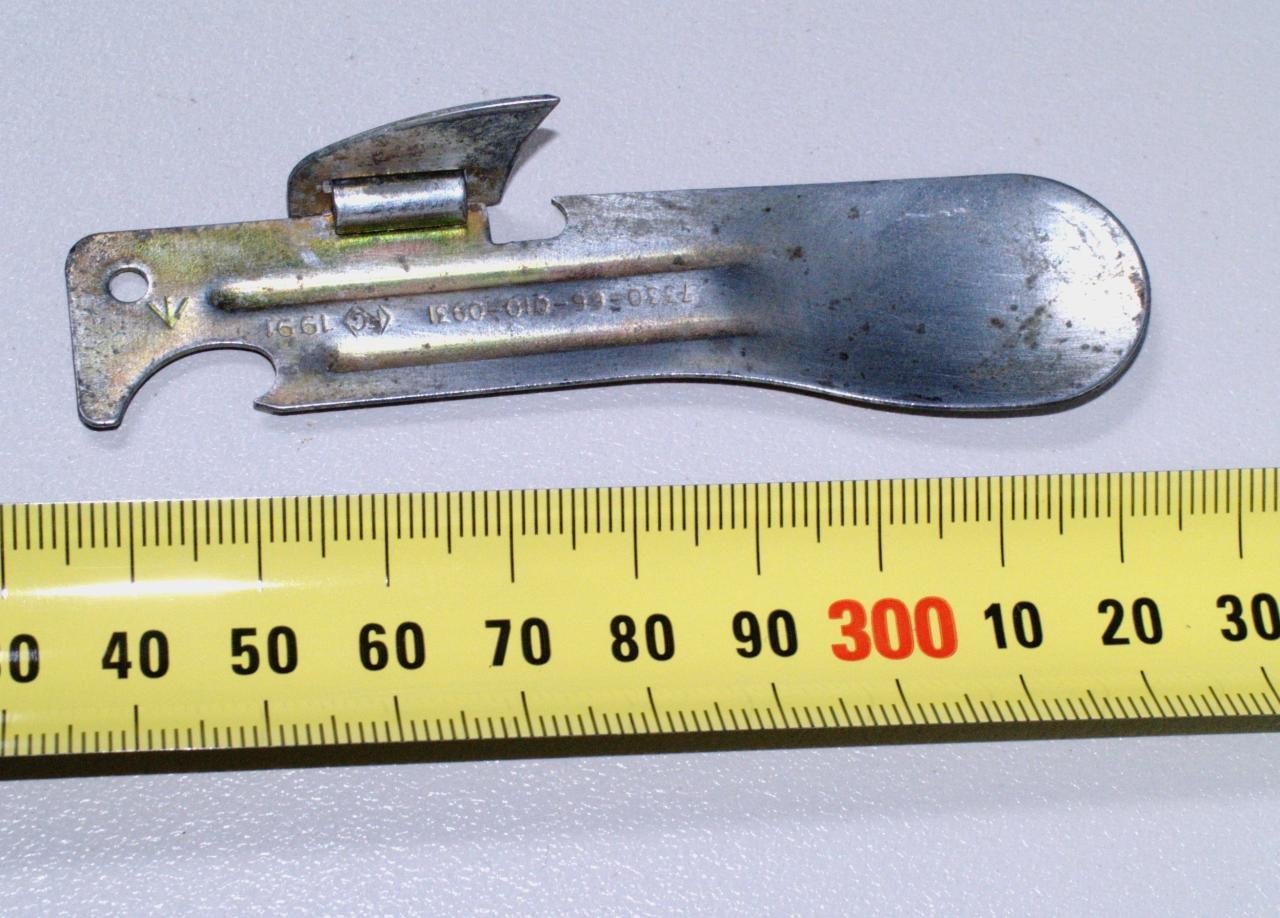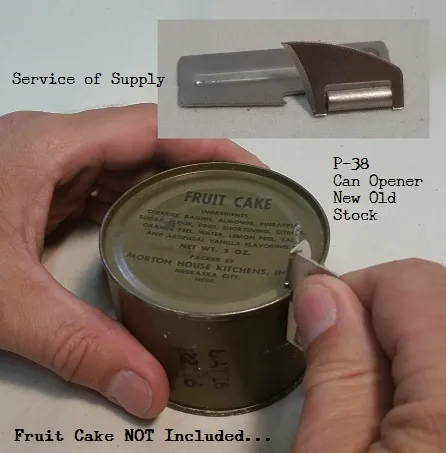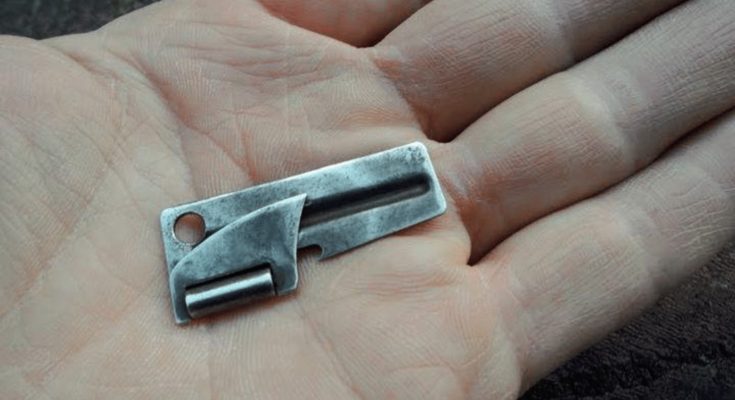Resurrecting the P-38 Can Opener: An Historical Adventure
Tucked up in the palm of one’s hand, the small metal device barely shows its rich past or the nostalgia it arouses. It’s the P-38 can opener, a straightforward yet clever tool that was provided to soldiers beginning in World War II. This little tool’s folding sharp tip says a lot about the time it was created, when portability and small size were crucial, particularly in combat.

A Kitchen Drawer’s Connection to the Past
Discovering a P-38 can opener in the back of a kitchen drawer is like discovering a buried treasure—a link to a time when ingenuity was valued and gadgets were made to last—in an era where the hum of high-tech kitchen appliances and the buzz of electric gadgets rule the day. The P-38 is a monument to the cool inventiveness of ancient innovations, not just a tool.
The P-38: An ally during combat
Imagine the soldier, far from home, relying on this little piece of folded metal to get his meals because field rations are his only source of nutrition. It was designed to be easily carried, not to be a burden, but to be at the ready, a faithful companion during the uncertainties of war. The P-38 didn’t just open cans; it pried open a space for soldiers to share stories, a momentary reprieve as they gathered around to enjoy their rations together.
Stories of Survival and Camaraderie
This small artifact holds stories of camaraderie and survival. Its design is so efficient that it continues to be used and admired by outdoor enthusiasts and survivalists today. The P-38 requires no power source, no instruction manual, and no maintenance, yet it performs its task admirably. It is a marvel of simplicity—just a piece of metal, yet an emblem of a generation that valued utility and simplicity.

Minimalism in the Modern Age
While modern can openers might boast ergonomic handles and electric motors, there is something inherently cool about the P-38’s minimalism and the raw interaction it demands. Using it is a tactile experience; it connects us with the hands-on approach of the past. It reminds us that before the digital age, before the rise of disposable consumerism, there were objects like this, made with the intention of lasting a lifetime.
Respecting Classic Design
The P-38 can opener’s rediscovery encourages us to take a moment to recognize the genius of many such ancient innovations. Their designers created a legacy that would last far beyond their lifetimes, not just a solution to a problem. They serve as a reminder that innovation encompasses not only the creation of the novel but also the classic beauty of design that fulfills a function, endures, and silently tells a tale.



